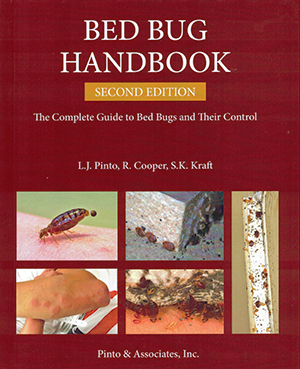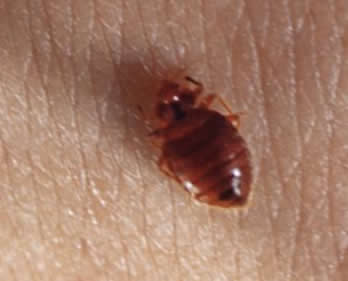 |
| Bed bug sucking blood from human |
Photo by CDC |
Bed Bug
-
Scientific Name:
- Cimex lectularius
-
Family:
- Cimicidae
-
Order:
- Hemiptera (true bugs)
-
U.S. Distribution:
- All states
This page has three tables, (1) Identification, (2) Look-alike Pests, and (3) Biology and Habits.
Identification
| Match the Shape and Size | Match the Color |
|---|---|
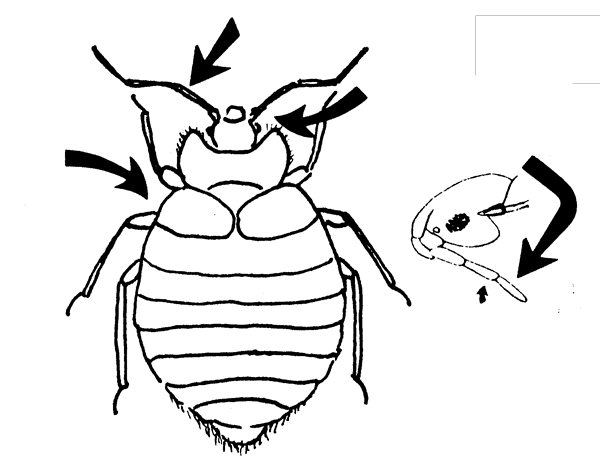 |
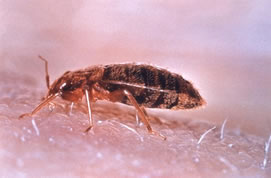 |
|
|
| Illustration © Pinto & Associates | Photo by CDC from WHO |
Look-alike Pests
| Look-alike Pest | Differences |
|---|---|
Bat bugs (Cimex adjunctus, C. pilosellus) |
Difficult to tell apart from bed bugs: a bat bug has a fringe of hairs on its pronotum longer than or equal to the width of its eye; that of the bed bug is shorter than the width of the eye. Bat bugs may also bite people. |
Tropical bed bug (Cimex hemipterus) |
Difficult to tell apart from bed bugs: front of pronotum of the tropical bed bug is moderately excavated versus deeply excavated for the bed bug; occurs in the tropics and in Florida. |
Biology and Habits
| Match the Food and Site | Match the Habits and Damage |
|---|---|
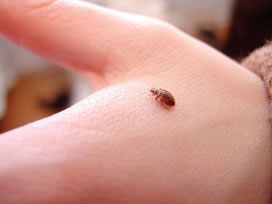 |
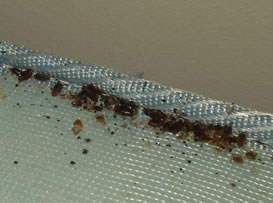 |
|
|
| Photo from CDC | Photo © Pinto & Associates |
Or, go to first in a series of 10 technical articles on Bed Bugs in Apartments
